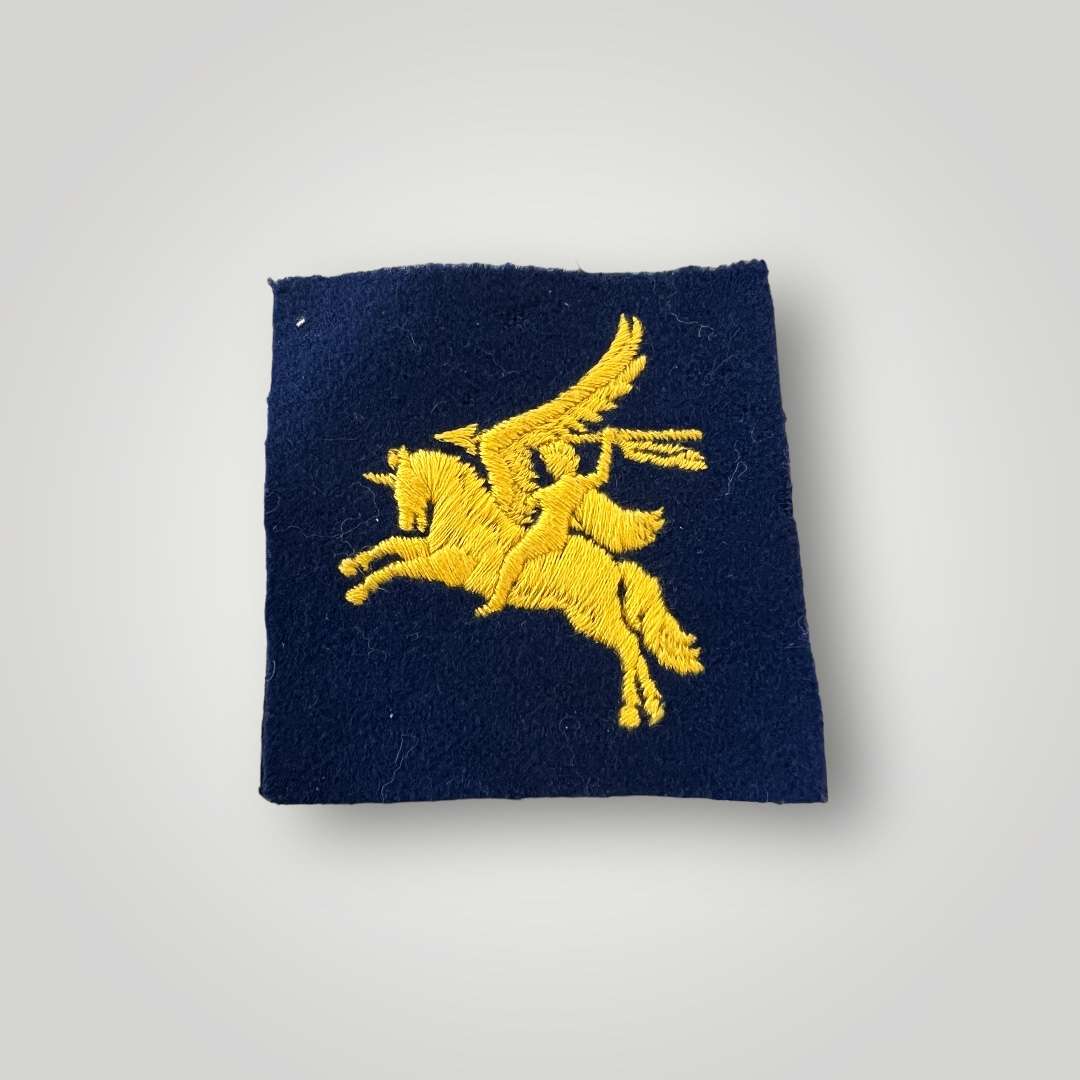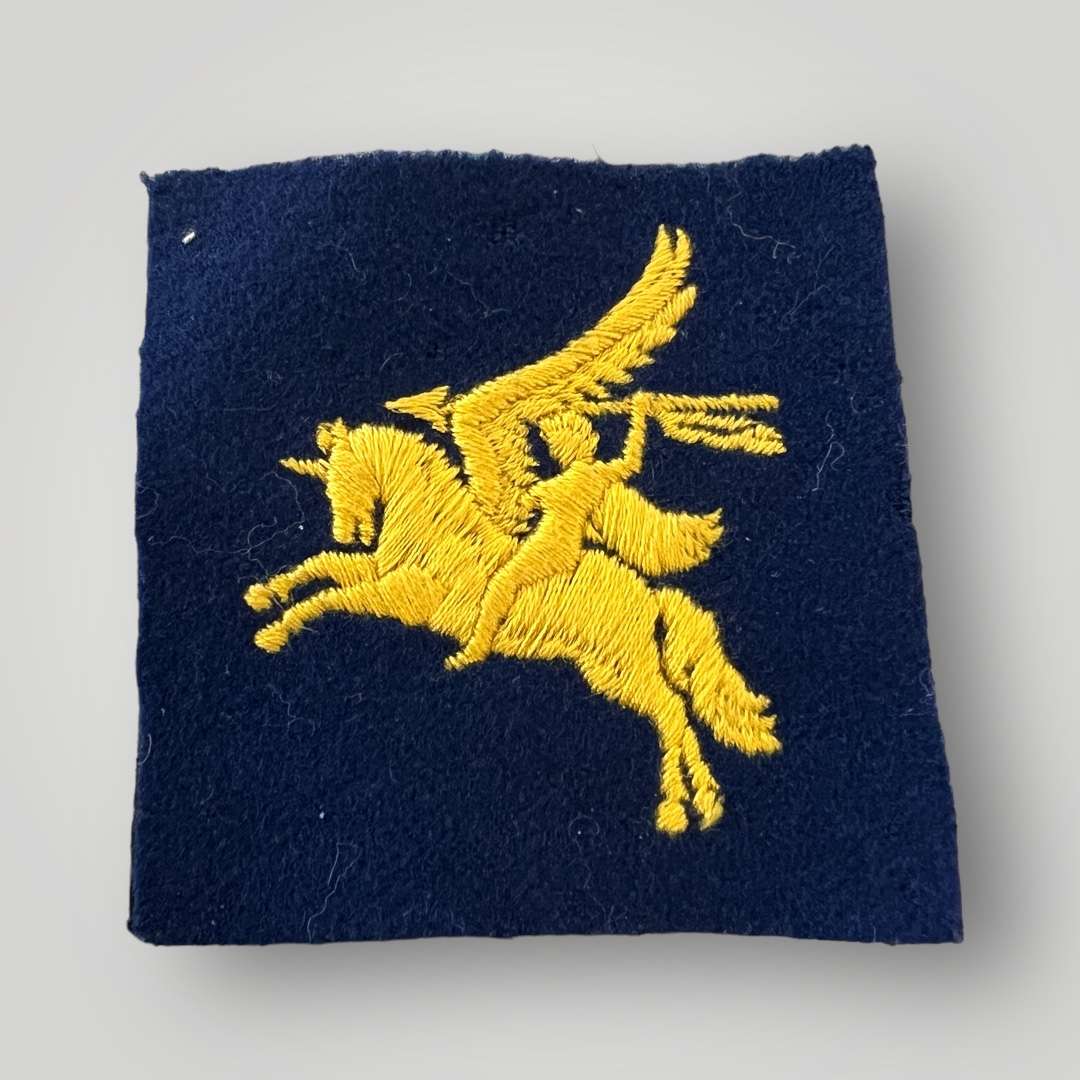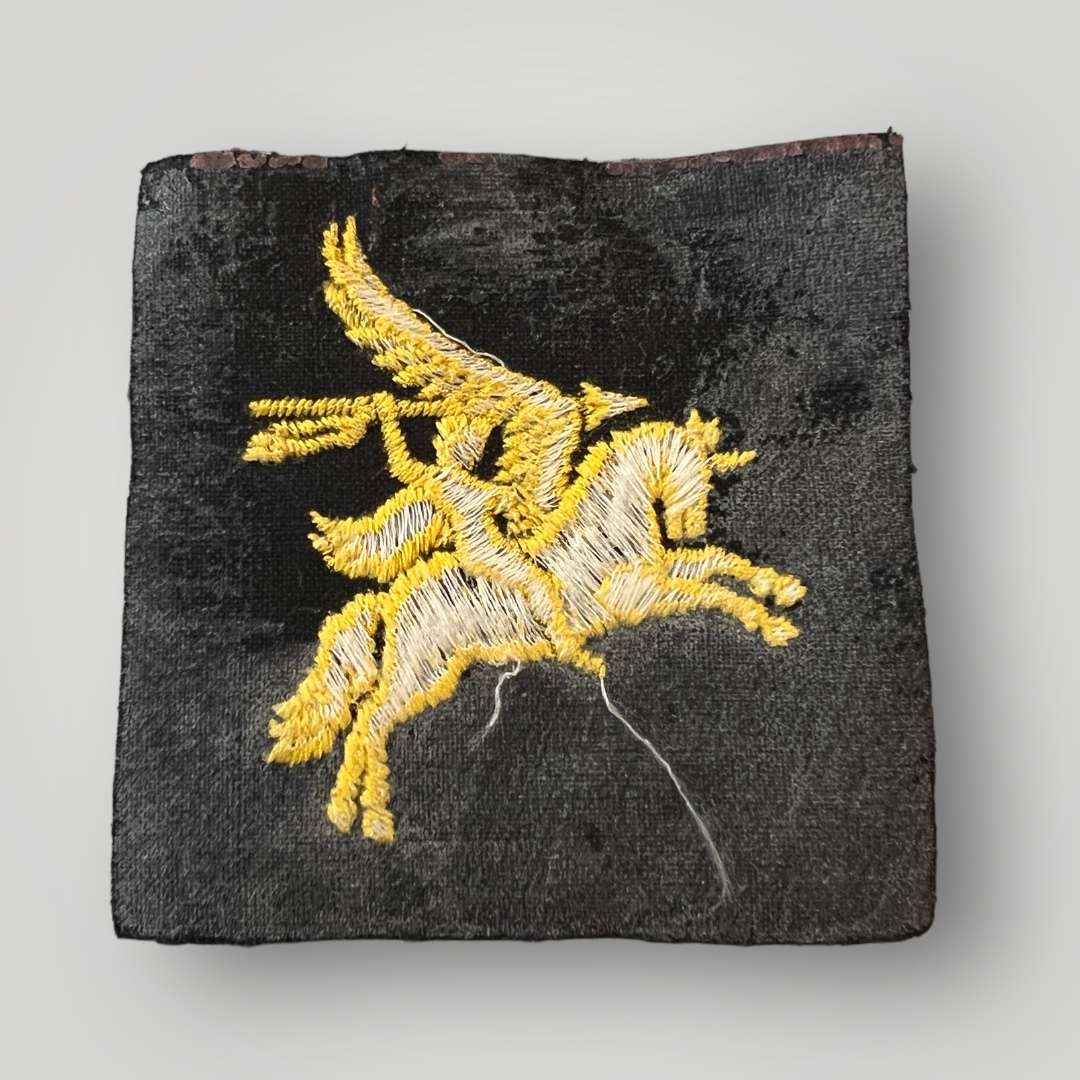Description
British 6th Field Force
6 Field Force was established on 1 April 1977 in Aldershot, following the re-designation of 16 Parachute Brigade. It took over the United Kingdom Mobile Force (UKMF) role from 3 Division, which had relocated to Germany to become an armoured division under the Army Restructuring Plan of 1975. As a UK-based regular army and TAVR strategic reserve, 6 Field Force was prepared to move immediately to Germany to reinforce the British Army of the Rhine (BAOR) in Denmark or Northern Italy in the event of a NATO-Warsaw Pact conflict.
On 1 April 1977, HQ 16th Parachute Brigade and 216 Parachute Signal Squadron merged to form the integrated 6th Field Force HQ and Signal Squadron. 6 Field Force maintained a parachute battalion group with a limited airborne role, serving as a rapid intervention force known as the 6 Field Force Parachute Contingency Force. Initially, this force comprised one parachute battalion in 1977, expanding to two by 1981. One of the three regular army para battalions was always on rotation in Northern Ireland, and 3 Para was assigned to 5 Field Force and 7 Field Force. 6 Field Force included 1 Para from 1977 to April 1978 and 2 Para from March 1981 until its reassignment to the new 5 Infantry Brigade in 1982. The three TA parachute battalions were only permanently assigned to 6 Field Force in wartime.
6 Field Force had various supporting arms, including artillery, guided weapons, armoured reconnaissance, 9 Parachute Squadron Royal Engineers, an AAC squadron, a transport squadron, 6 Field Force Ordnance Company, 81 and 82 Airborne Ordnance Companies, a field workshop, 6 Field Force Ambulance from Parachute Clearing Troop (PCT), 16 Field Ambulance, and a provost company. These changes led to the loss of parachute capability and the coveted red beret for many previously elite Airborne Corps and supporting arms units.
The Task Force/Field Force concept, developed in 1976, assumed advances in communications technology would enable control of more than the traditional 3-4 battle groups by a single Brigade headquarters. However, it was found that these technological advances did not improve decision-making speed for the Brigadier. Consequently, in 1982, the Field Forces were converted back into Infantry Brigades.
6 Field Force was subsequently disbanded and reorganised as 5 Infantry Brigade.
The Formation Sign was worn on the right arm by HQ staff and on the left arm by assigned battalions and support units.




